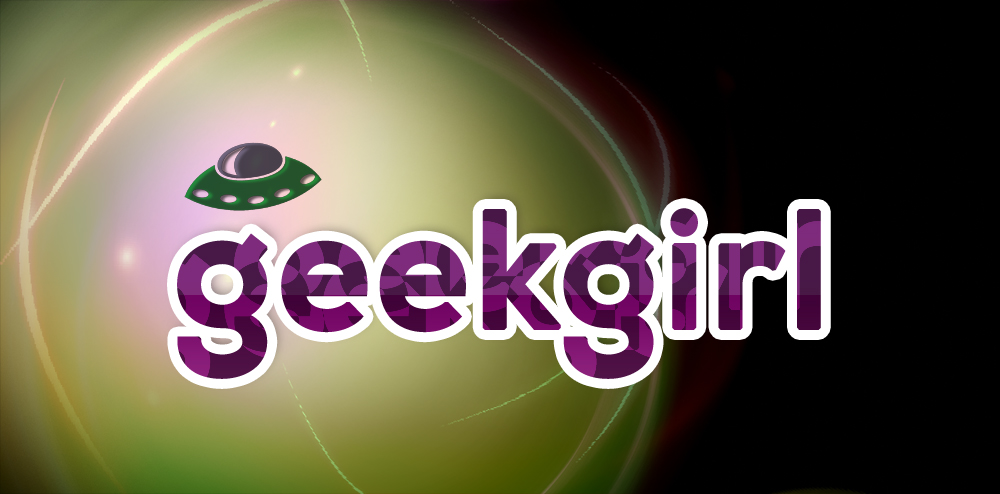Journalism 2.0 author Mark Briggs has created, a step-by-step guide to creating an independent news website from scratch. Presented by J-Learning, an online guide for creating hyper-local community media and a project of J-Lab: The Institute for Interactive Journalism, the site emphasises accessibility and open-source technology.
Find out more about “Newspaper in a box”
Newspaper designer Jacek Utko suggests that it’s time for a fresh, top-to-bottom rethink of the newspaper. (At this point, why not try it?) In his work, he’s proved that good design can help readers reconnect with newspapers. A former architect, Utko took on the job of redesigning several newspapers in former Soviet Bloc nations, starting from basic principles. He worked closely with newspaper executives to figure out the business goals of their papers, and then radically reformatted the product to fit those goals. (And he wasn’t afraid to break a few grids in the process.)
As the art director at Warsaw’s Puls Biznesu in 2004, he redesigned this small business-focused newspaper and immediately won the SND award for world’s best-designed newspaper. Readers responded, and circulation went up. He’s now art director for the Bonnier Business Press, overseeing papers in Eastern Europe and the Baltic states, and the work he oversees consistently wins major prizes (including another SND world’s-best in 2007 for Estonia’s Äripäev), despite their small teams and limited resources.
TED Video of Jacek Utko
• Newspaper to be available only on messaging service
• Experts say any story can be told in 140 characters
“Consolidating its position at the cutting edge of new media technology, the Guardian has announced that it will become the first newspaper in the world to be published exclusively via Twitter, the sensationally popular social networking service that has transformed online communication.
The move, described as “epochal” by media commentators, will see all Guardian content tailored to fit the format of Twitter’s brief text messages, known as “tweets”, which are limited to 140 characters each. Boosted by the involvement of celebrity “twitterers”, such as Madonna, Britney Spears and Stephen Fry, Twitter’s profile has surged in recent months, attracting more than 5m users who send, read and reply to tweets via the web or their mobile phones.
As a Twitter-only publication, the Guardian will be able to harness the unprecedented newsgathering power of the service, demonstrated recently when a passenger on a plane that crashed outside Denver was able to send real-time updates on the story as it developed, as did those witnessing an emergency landing on New York’s Hudson River. It has also radically democratised news publishing, enabling anyone with an internet connection to tell the world when they are feeling sad, or thinking about having a cup of tea”.
(sic)
Currently, 17.8% of all Twitter traffic in the United Kingdom consists of status updates from Stephen Fry, whose reliably jolly tone, whether trapped in a lift or eating a scrumptious tart, has won him thousands of fans. A further 11% is made up of his 363,000 followers replying “@stephenfry LOL!”, “@stephenfry EXACTLY the same thing happened to me”, and “@stephenfry Meanwhile, I am making myself an omelette! Delicious!”
More – from the Guardian
